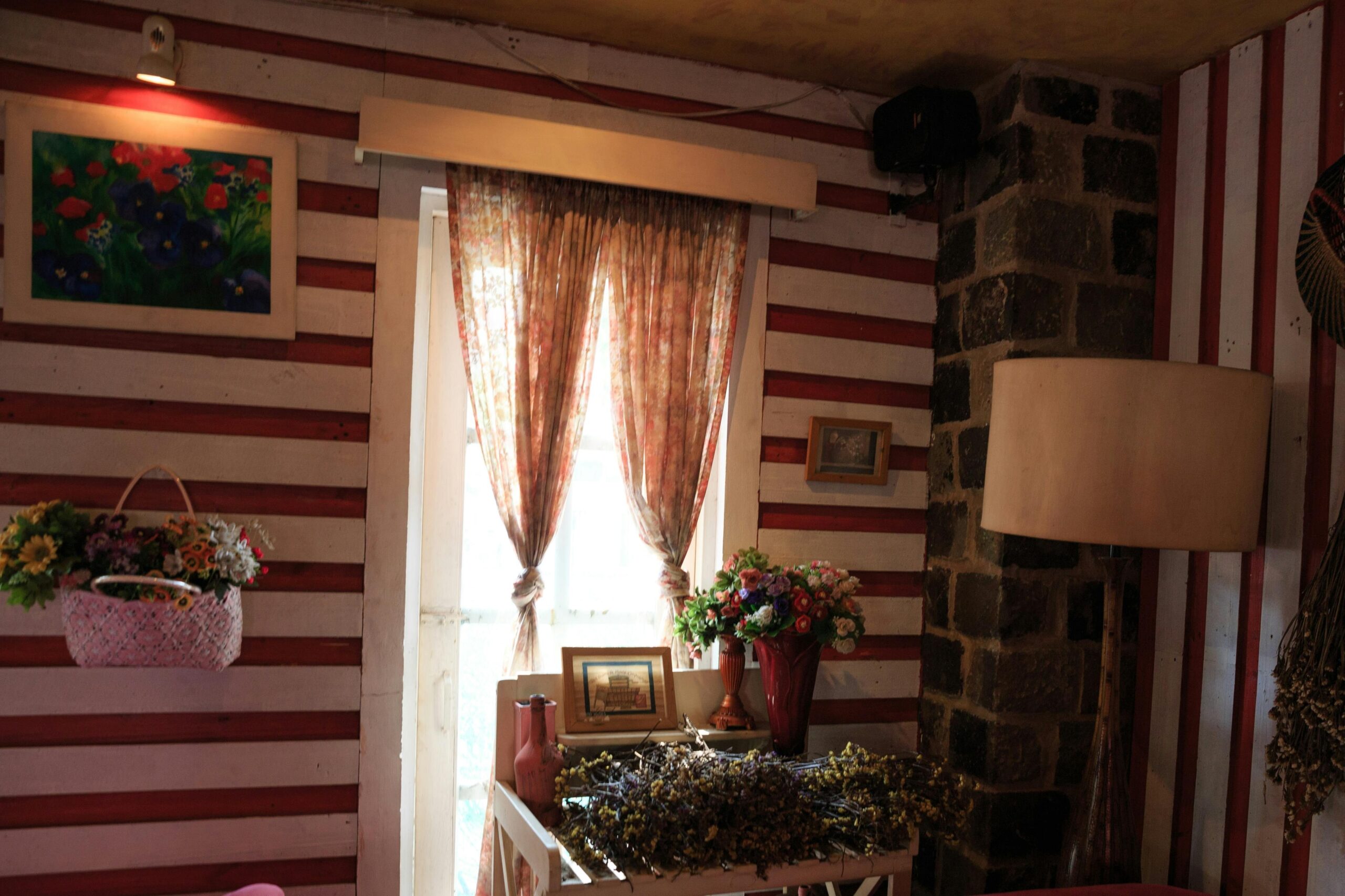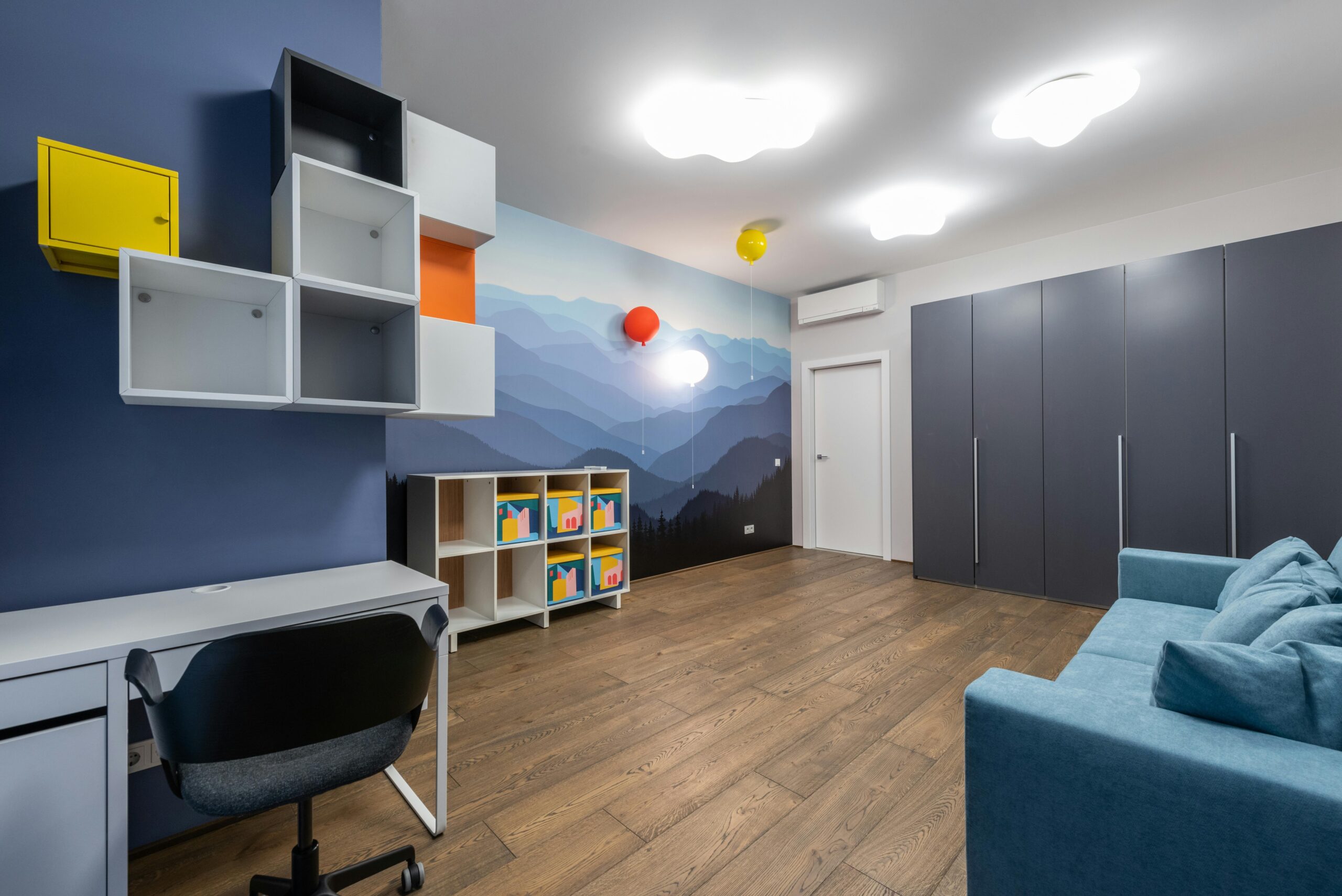“Ever rearranged your living room furniture six times in one weekend just to get it ‘right’? Yeah, we’ve been there too.”
Finding the perfect layout for your home can feel like chasing an impossible dream—especially when technology is involved. But what if your furniture could evolve with you? Enter modular furniture setups, the secret weapon of smart homes everywhere. Today, we’ll break down how to plan, execute, and optimize your modular furniture strategy without losing your sanity (or your Wi-Fi signal).
You’ll learn:
- Why modular furniture is a game-changer for modern homes
- A step-by-step guide to setting up your own modular system
- Tips to blend tech seamlessly into your design
- Real-life examples of stunning smart furniture transformations
Table of Contents
- Key Takeaways
- The Problem: Modern Homes & Static Furniture
- Step-by-Step Guide to Your Modular Setup
- Tips for a Smart Home-Friendly Design
- Real-World Examples of Stunning Transformations
- Frequently Asked Questions
- Conclusion
Key Takeaways
- Modular furniture adapts to your changing needs, making it ideal for dynamic living spaces.
- Integrating technology enhances both functionality and aesthetics.
- Poor planning can lead to cluttered, inefficient designs—avoid shortcuts!
- Voice-controlled and app-enabled features take convenience to the next level.
The Problem: Modern Homes & Static Furniture
When I first moved into my “smart” apartment, I thought I was ready for everything—automation, voice controls, even self-cleaning floors (okay, wishful thinking). What I wasn’t prepared for? My sofa blocking the motion sensors every time someone sat down. Talk about #InteriorDesignFail.
Static furniture doesn’t mesh well with modern lifestyles. It’s rigid, unyielding…and honestly kind of rude. In contrast, modular furniture offers flexibility:
- Moves easily between rooms or configurations
- Accommodates evolving household needs (hello pandemic-era home offices)
- Supports embedded tech like wireless charging stations and hidden speakers

Static furniture leaves you stuck, while modular options keep up with life’s twists and turns.
Grumpy Optimist Dialogue:
Optimist You: “With modular pieces, you can finally conquer that awkward corner by the window!”
Grumpy You: “Yeah, but only if IKEA actually delivers the right parts this time.”
Step-by-Step Guide to Your Modular Setup
1. Assess Your Space Needs
Measure twice, cut once. Start by mapping out your space using apps like Floorplanner or RoomSketcher. Think about how each area functions—entertainment zones, workspaces, relaxation corners.
2. Choose Multi-Functional Pieces
Invest in furniture that pulls double duty, like ottomans with storage compartments or beds with built-in desks. Pro tip: Look for brands specializing in IoT-compatible furniture; they’re worth the splurge.

3. Prioritize Connectivity
Future-proof your setup by ensuring all components have access to power sources and internet connectivity. Hidden cable management solutions prevent unsightly wires from ruining your sleek aesthetic.
4. Experiment with Configurations
Test different layouts before committing. Need inspiration? Pinterest boards dedicated to smart home interiors are legit treasure troves.
5. Add Technology Integration
Incorporate smart lighting controls, motorized recliners, or tables with wireless charging pads. These details elevate practicality and wow guests during dinner parties.
Tips for a Smart Home-Friendly Design
- Go Minimalist: Less clutter = easier upkeep + better integration with tech devices.
- Leverage Lighting: Use dimmable LED strips synced with Alexa or Google Assistant for ambiance control.
- Sound Matters: Embedding Bluetooth speakers into your setup minimizes visible tech clutter.
- Say No to Overloading: Avoid cramming too many gadgets into small areas—it’s overwhelming and counterproductive.
Real-World Examples of Stunning Transformations
One standout example comes from Sarah T., who turned her cramped studio apartment into a stylish smart haven using modular shelving units and voice-controlled appliances. The result? A seamless balance between function and flair.
Another success story involves a family in Austin, TX, who swapped their traditional sectional couch for modular seating complete with integrated charging ports. Suddenly, gaming nights became infinitely more comfortable—and less tangled.

Frequently Asked Questions
Can Any Furniture Be Made Modular?
While some existing pieces can be modified, true modularity requires thoughtful design from the start. Investing in purpose-built furniture yields longer-lasting results.
Is Modular Furniture Expensive?
Not necessarily! While high-end models may come with heftier price tags, budget-friendly options abound. Thrift stores often carry customizable secondhand finds too.
Do I Need Professional Help Installing Smart Features?
Simple integrations like app-connected lights require no expertise. More advanced systems might benefit from professional installation, though tutorials abound online for DIY enthusiasts.
Conclusion
Creating a modular furniture setup tailored to your smart home isn’t just about staying trendy—it’s about crafting a space that grows and changes alongside you. By following our steps, embracing tech-savvy tips, and learning from real-world successes, you’ll transform chaos into harmony. So go ahead, give it a shot. Just remember: coffee fuels creativity (and possibly disassembly).
Like Tetris blocks falling into place, your ideal modular furniture design awaits—piece by piece.
“Modular beats static / Tech makes life flow smoother / Future-proof your nest.”


